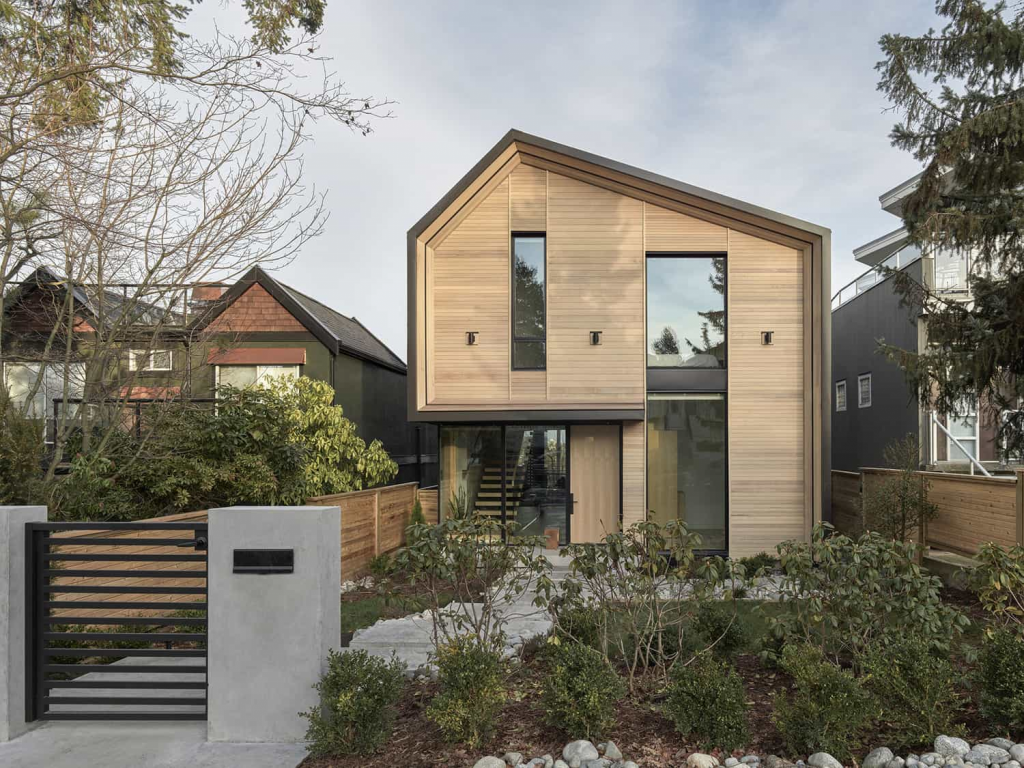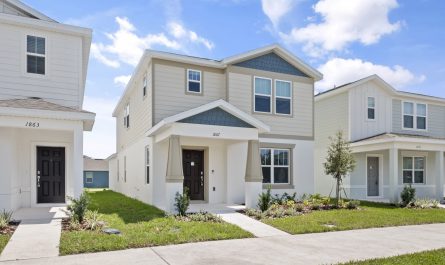In today’s competitive rental market, understanding the differences between urban and suburban rentals is essential for both investors and tenants. Many factors affect rental decisions, including location, demographics, amenities, pricing trends, and lifestyle preferences. Urban areas typically boast high population densities, diverse communities, and superior access to amenities such as public transport, restaurants, and cultural venues. These features attract tenants who prefer a dynamic lifestyle with immediate access to work and leisure options. On the other hand, suburban rentals are often sought for their larger living spaces, lower overall cost, and quieter environments. They tend to have lower rent levels compared with metropolitan areas, while still offering a comfortable quality of life.
By understanding the nuances between urban and suburban rentals, investors can optimize their portfolios, while tenants can make informed choices based on needs and preferences. The decision to invest or live in an urban or suburban area depends on several interconnected factors. In this article, we lay out a comparative market analysis using clear data, practical examples, and strategic recommendations. Whether your goal is to maximize rental profit or choose the best environment for your living situation, the following sections will help you navigate this complex decision-making process. Let us now move into a detailed examination of urban rental markets, followed by an exploration of suburban trends and a comparative analysis that balances profit and lifestyle.
Urban Rental Market Analysis

Urban rental markets generally reside in densely populated cities where business activities, cultural events, and recreational amenities are concentrated. In these areas, rental properties are highly sought after due to their proximity to employment hubs, entertainment venues, and a variety of services. Tenants in urban markets typically consist of young professionals, students, and families who benefit from the reduced need for transportation and the convenience of local services. Urban properties often command higher rents due to the premium placed on location and accessibility.
Data from multiple real estate sources consistently show that urban rental rates tend to be significantly above national averages, yet there is a steady demand because of continuous population influx and job opportunities. In busy cities, rental vacancies tend to be low, which pushes landlords to keep rents competitive but profitable. Additionally, urban properties often offer amenities that are highly valued by renters. Many modern apartment complexes include features like fitness centers, communal lounges, rooftop terraces, and advanced security systems. These amenities contribute to a desirable living experience that justifies higher monthly rents.
Investment in urban rental properties can yield strong returns due to consistent tenant demand. Yet, landlords must be cautious when setting rent levels, as an excessively high rent may lead to longer vacancy periods, which in turn reduce overall profitability. Urban markets are dynamic, and rental rates often vary depending on micro-neighborhood factors such as proximity to universities, employment centers, or cultural districts. For example, rentals located in vibrant downtown districts may command a premium, while those in less central urban areas may be priced more modestly to attract tenants. Moreover, urban areas frequently experience trends influenced by economic cycles, infrastructure improvements, and local policies. Landlords who understand these nuances can strategically adjust their rental pricing to maximize revenue while ensuring tenant satisfaction.
Suburban Rental Market Analysis
Suburban rental markets, by contrast, are characterized by lower population density and a focus on spacious living environments. These areas are typically located on the outskirts of major cities and offer larger homes and greater living space at lower rent levels. Many tenants choose suburban rentals for the benefits they provide, such as more extensive amenities, larger yards, and a generally quieter and safer atmosphere. Families and professionals who value space and privacy often prefer suburban areas because these regions typically have excellent local schools, parks, and community centers.
Suburban properties generally experience a different set of market dynamics when compared to urban properties. While the rental rates tend to be lower, turnover rates may also be reduced because tenants usually seek long-term stability and a more settled environment. The rental demand in suburban markets is often driven by factors such as local employment opportunities in smaller businesses and the growth of remote work, which diminishes the necessity to live within city centers.
Investors looking to enter suburban rental markets often benefit from lower entry costs compared to urban markets. Moreover, while the per-unit rental income may be lower, the overall cost to manage and maintain suburban properties is usually less intensive. This means that, even with a lower rent, profitability can be maintained through lower operating expenses and longer tenancy durations. In addition, suburban markets can experience steady growth due to urban spillover effects.
Landlords in suburban markets must still be diligent about market research and competitive analysis. Keeping tabs on local trends, vacancy rates, and the quality of nearby amenities will ensure that rent pricing remains optimal. In summary, suburban rental markets provide a compelling alternative to urban living.
Comparative Factors: Urban vs Suburban Rentals

Comparing urban and suburban rentals requires an understanding of several distinct factors. One crucial aspect is the difference in pricing structures. Urban rentals usually have higher per-unit rent due to the premium location and the conveniences provided by the city. In contrast, suburban rentals typically offer larger living spaces at lower rent levels, which attracts families and individuals looking for a balance between cost and quality.
In addition, the lease durations often vary between urban and suburban markets. Urban areas tend to see more short-term leases due to higher tenant turnover. For example, young professionals and students might prefer shorter leases in cities where work and study commitments change frequently. Suburban markets, on the other hand, usually attract tenants looking for long-term stability. Families are often in search of a stable environment for their children, resulting in longer lease terms.
Tenant demographics add another layer to the comparison. Urban renters are commonly younger, often single, and highly mobile. They value proximity to work, nightlife, and cultural activities. Suburban renters tend to be families, older professionals, or individuals seeking more space and a slower-paced lifestyle. These demographic differences can affect the type of amenities and services landlords might choose to offer. For instance, urban landlords might invest in high-tech conveniences and community spaces, while suburban landlords might focus more on safety, green spaces, and parking facilities.
Additionally, accessibility is a significant factor. Urban rentals benefit from robust public transportation systems, reducing the need for personal vehicles. In suburbs, while residents may have access to local transit, they often rely on personal cars, which influences how tenants weigh the cost of living. This reliance on private transportation in suburban areas may contribute to lower rents compared with urban centers, but also increases overall living costs when accounting for fuel and maintenance.
Demographic Shifts and Tenant Preferences
Recent demographic trends have significantly influenced rental market dynamics, particularly in the choice between urban and suburban living. The rise of remote work has empowered many professionals to prioritize space and affordability over proximity to city centers. This shift has led to increased demand for suburban rentals, especially among young families seeking larger homes and a community-oriented lifestyle.
Suburban areas have witnessed a surge in rental demand, with some regions experiencing substantial year-over-year rent increases. For instance, affluent Bay Area suburbs like Campbell and Menlo Park have seen rental rates climb by over 20% annually, outpacing urban centers like San Francisco, where rents remain below pre-pandemic levels .
In contrast, urban areas continue to attract a diverse tenant base, including students, young professionals, and individuals seeking vibrant cultural experiences. However, the high cost of living and limited space in cities have prompted some renters to reconsider their options, especially as remote work becomes more prevalent.
Understanding these demographic shifts is crucial for investors aiming to align their properties with tenant preferences. By recognizing the evolving needs of renters, landlords can tailor their offerings be it through amenities, pricing, or location to meet market demand effectively.
Investment Strategies and Risk Management
Investing in rental properties requires a nuanced understanding of market dynamics, especially when comparing urban and suburban areas. Urban properties often offer higher rental yields due to premium locations and consistent demand. However, they may also come with increased risks, such as higher vacancy rates during economic downturns and greater competition among landlords.
Suburban properties, on the other hand, tend to attract long-term tenants, such as families seeking stability and community. This can result in lower tenant turnover and more predictable income streams. Additionally, suburban investments often involve lower upfront costs and operational expenses, making them appealing for investors seeking steady returns .
Effective risk management strategies are essential regardless of the chosen market. Urban investors might focus on properties near essential services or transportation hubs to maintain demand, while suburban investors could prioritize areas with strong school districts and community amenities.
Diversifying investment portfolios to include both urban and suburban properties can also mitigate risks and capitalize on the strengths of each market. By staying informed about market trends and tenant preferences, investors can make strategic decisions that balance profitability with long-term stability.
Conclusion
In conclusion, the decision between urban and suburban rentals requires careful analysis of market conditions, tenant demographics, pricing strategies, and property features. Urban rentals attract tenants with their high accessibility to job centers, vibrant cultural scenes, and extensive amenities. They command higher rents due to their prime locations, but often come with higher operational costs and shorter lease terms. In contrast, suburban rentals offer larger living spaces, quieter environments, and generally more affordable rents. They appeal primarily to families and long-term tenants, resulting in more stable occupancy and lower turnover rates.
Balancing profit and market demand means understanding the unique pros and cons of each rental environment. Investors must consider local economic trends, competitive pricing, and the specific attributes of their properties. Effective market research and continuous monitoring play a key role in setting the right rent for your property. Furthermore, adapting to changes whether in urban dynamism or suburban steadiness is vital for maximizing return on investment. Clear communication with tenants and the use of flexible pricing strategies also contribute to a successful rental management strategy.
Ultimately, the choice between urban and suburban rentals depends on your investment goals, target tenant profile, and personal preferences regarding property management. Both markets offer distinct opportunities to generate steady income, but they require different approaches in pricing, maintenance, and tenant relations. A well-informed and strategic approach will help ensure that you set the right rent while meeting market demand effectively. By embracing these insights, landlords and investors can optimize profitability and secure long-term success in a dynamic rental market.



